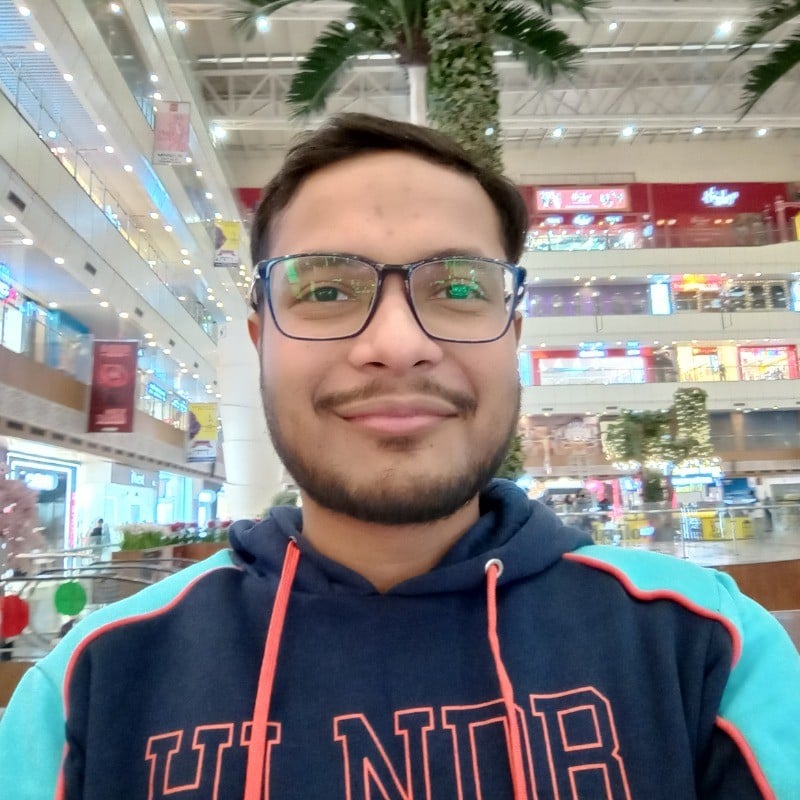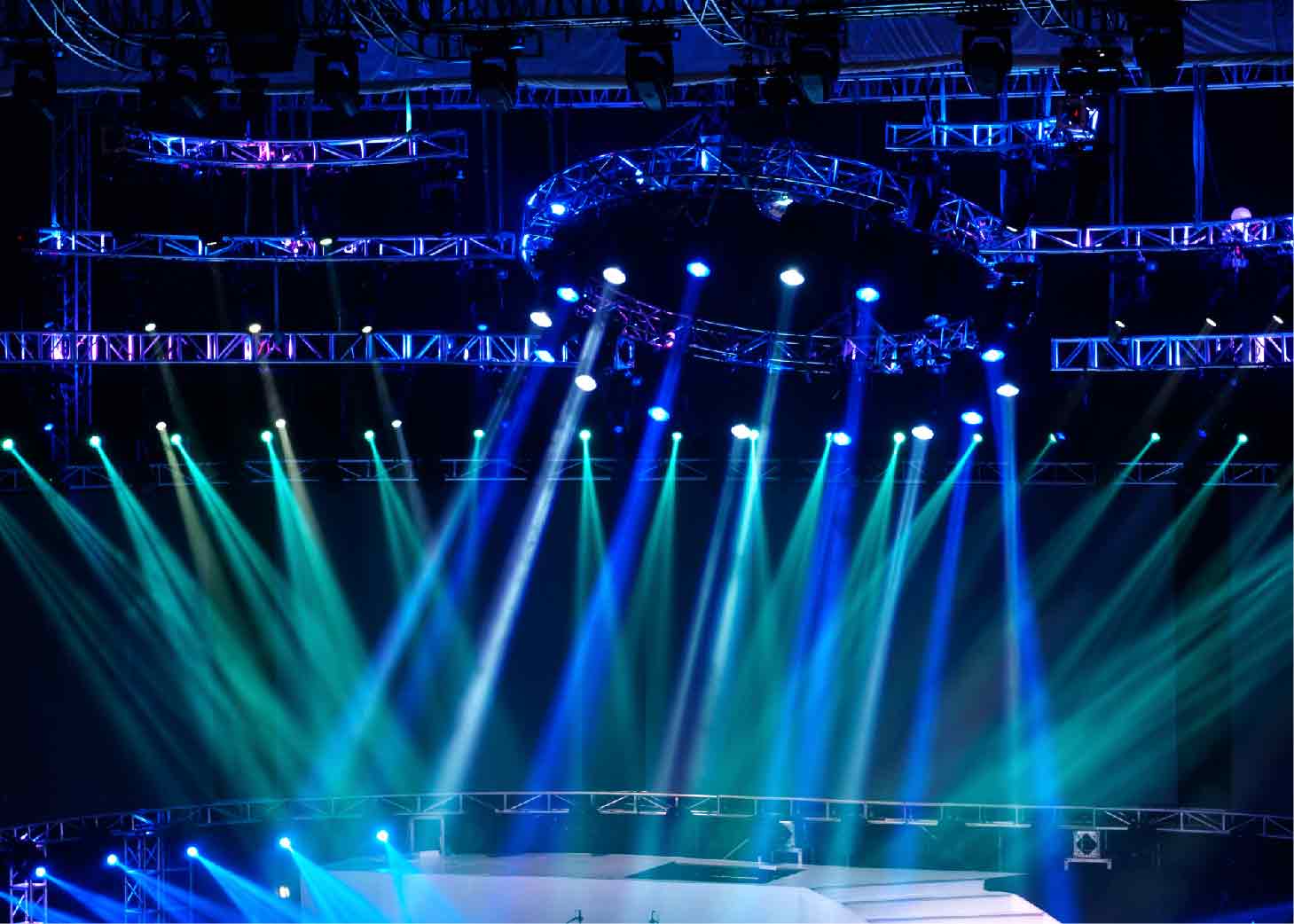
What Is Reverb?
Reverb is one of those terms you encounter when you begin exploring audio engineering; It appears in almost every kind of sound production. But what exactly is it beyond an audio effect you can add? And why is it so widely used? Let’s find out.
Introduction to Reverb
Reverb (or reverberations) is both a natural phenomenon and an audio effect, with some overlap but notable differences in how they are used. Let’s understand these nuances.
Definition of Reverb
As you may already know, sound waves are vibrations transmitted through the air. In a large, open space, the vibrations just dissipate into the distance, and you hear the sound only as it passes you.
But when you’re in an enclosed space, the sound waves bounce off the walls and ceilings, reflecting repeatedly until the echoes die out. This phenomenon is known as reverberation, shortened to reverb in audio parlance.
Why Reverb Matters in Audio
Reverb is an important effect to master in audio design because it is one of the few tools that can add depth to a sound. Much like shadows in a painting create the illusion of depth, adding reverb to an audio sample evokes the sense of a physical environment in the sound space.
And since the characteristics of the reverb differ based on the size and type of the environment, playing with this effect can help convey anything from a grand cathedral to a dark cave. There are very few real-world environments where you won’t get reverb, making it an essential tool in audio production.
The Science Behind Reverb
We described what reverb is, but how exactly does it emerge? Why does sound behave in this manner, and in what kind of environments can this take place?
How Sound Waves Interact with Surfaces
When you stand across a large canyon and shout out your name, you hear the echo moments later, fainter than your own call, but still distinct. But what if you were surrounded by sheer walls on every side? The echo would reflect again, and that reflection would reflect again, and again, until the sound dies out.
In this situation, what you end up hearing is not one clear echo but several overlapping ones that arrive in quick succession, blending into a richer sound. That’s a reverberation in action.
As you might expect, reverb depends on the types of surfaces around you, including their size, distance, and composition. Soft absorbent material, for example, doesn’t reflect the sound at all, and won’t create reverb. A giant hall with stone walls, on the other hand, will reflect more strongly, creating a very noticeable reverb. A wooden hall will also create reverb, just of a different type, since it reflects the sound waves differently than stone.
Natural vs. Artificial Reverb
Natural reverb is obtained from recording sound in naturally reverberating environments. These environments include non-soundproofed rooms, though the reverb is more noticeable in larger spaces, such as in buildings and within natural formations. When recorded audio contains reverb in the source, it’s considered natural reverb.
But natural reverb isn’t the only type of reverb that exists. Thanks to audio workstations (both digital and physical), it’s easy to introduce reverb into an audio sample that previously had none. This has become standard industry practice since most recordings occur in acoustically treated studios that produce completely clean soundtracks. Reverb is then added to the soundtrack as required, simulating the feeling of a physical space. This is called artificial reverb.

Key Reverb Terms to Know
When you’re dealing with reverb on the technical level, you’ll come across several terms used to describe its characteristics. Understanding the terminology is important in differentiating between reverb styles and having the ability to tweak them.
- Decay: The time during which the reverb continues to rebound. A longer decay signals a larger physical space, since the reverberations have a farther distance to travel and can be heard longer before dissipating.
- Pre-Delay: The short gap between the original sound and the start of its reverb. A longer pre-delay suggests a larger space, where the reflected sound takes more time to return to the listener.
- Diffusion: The degree to which individual echoes blend within a reverb. High diffusion creates a smooth, continuous sound where reflections merge seamlessly, while low diffusion results in distinct, separate echoes. It’s influenced by the surfaces in a space, with flat walls producing low diffusion, while irregular or textured surfaces, such as natural rock formations, create increased diffusion.
Types of Reverb
Reverb can be natural or artificial, but what does that actually mean in practice? Do they sound different? How are they produced?
Natural Reverb (Room, Hall, Chamber, etc.)
Any reverb that arises naturally due to the environment is natural. -In practice, recorded reverb is usually avoided because it is difficult to tweak and adjust. What we instead see is the use of audio workstations to add natural-sounding reverbs to a clean sound sample. Based on the type of environment, natural reverb can be further split into three types:
- Hall Reverb: The most common reverb seen in orchestral soundtracks, emulating the soft trailing echoes and the rich layered sound of a concert hall. While this effect can evoke a large space, it can also soften the mix, reducing the clarity of the piece
- Chamber Reverb: A variation on the hall reverb that produces better clarity while still giving that sense of depth to the music. This type of reverb features a high level of sound reflection, furnishing a distinct reverberating tone that rings clear.
- Room Reverb: The most intimate type of reverb, it captures the essence of an audio recorded in a small room. The reflections are sharper, with shorter delays, giving the sound a very characteristic lilt, ideal for lively pieces with personality and strong vocal instruments.
Artificial Reverb (Plate, Spring, Digital, etc.)
Today, reverb can be introduced in any sample through digital processing, but that’s not the only form of artificial reverb. Before these digital tools, sound designers created artificial reverb through electromechanical techniques.
Plate Reverb, for example, was achieved by pairing a magnetic driver with a large metal plate, creating dense vibrations that were unlike any reverb produced by a natural environment. It became a staple of pop music in the 1960s, enhancing the snare drums and the catchy vocals of that time.
Musicians experimented along the same lines to produce the Spring Reverb, which used springs driven by a magnetic coil to create a more convenient form of artificial reverb. The favorite of guitarists, it was built into guitar amplifiers to introduce a bright, rich reverb into the sound.
With the rise of audio workstations, these electromechanical tricks gave way to Digital Reverb, which can replicate any type of reverb by adjusting the delay and decay of the audio signals. Even the workstations themselves have gone digital, and you can achieve every type of reverb with software-based tools.
Choosing the Right Reverb for Your Needs
Reverb adds depth to a soundtrack, but that doesn’t mean you can just slap a bunch of random reverbs and call it a day. The type of reverb that works best in a given space varies based on the instruments used, the genre of music, and the effect you desire.
Generally speaking, you’ll want to stick to natural reverbs for acoustic performances, with the hall reverb ideal for complete orchestras, and the chamber for room reverb perfect for smaller setups. Artificial reverbs have a very distinct personality, and are spot on for evoking a more pop music feeling..
Plate reverb works well with snare drums, while Spring reverb is famous for its synergy with guitars. Both are prime with vocals. As for digital reverb, there are no strict rules. You can adjust the settings to achieve practically any style, be it heavy, subtle, soft, or springy.
Reverb in Professional AV
In live audio, reverb is part of the space itself. Successful mixes depend on balancing the natural acoustics of the venue with carefully applied reverb for each source, whether for live sound environments, recording studios, or in post-production situations.
Reverb in Live Sound
When you’re working with live audio, you can’t simply add reverb effects based on the music alone. The venue and the actual position of every source in the mix are factors you must consider. Layering in multiple reverbs indiscriminately on different instruments throws the mix off balance, making it sound jarring when reverbs clash with the room’s natural ambiance.
For example, hall reverbs are out of place in an open-air venue, while highly reflective room reverbs are unsuitable in an auditorium. Pay attention to how the sources naturally sound in the venue, and use reverb to bring forward the ones getting lost in the ambiance.
Reverb in Recording Studios
Recordings are where you have the most flexibility in terms of reverb. Studio recordings are conducted in acoustically treated environments to yield a completely clean recording without any natural reverb of the room. This gives the sound engineer complete control over what reverbs to add and the freedom to change things at any time. But this level of control can also be daunting.
A simple guideline to follow is to work with the genre. Pop music loves its artificial reverbs, while orchestral compositions want resounding hall reverbs. You can mix and match multiple types of reverb for different instruments, but be careful with that. You don’t want to muddy the piano and push the vocals to overpower everything. Choose your reverbs wisely, and adjust the settings to give every audio source its space in the mix.
Reverb in Post-Production for Events
Post-production reverb is unique because while the mix contains natural reverb from the venue, you’re not forced to adjust it on the fly, giving you greater creativity in your approach. Most of the rules from live production still apply here – you want to work with the natural reverb, not against it.
There is additional complexity when you need to dub in new voices or sounds into the mix. As these come without reverb, they’ll stand out against the rest of the mix, so you need to use the correct reverbs to simulate the same natural reverb and make it fit in. Or you can also push the sound with a different reverb entirely, in order to draw more attention to it.
Practical Tips for Using Reverb
Effective use of reverb requires both restraint and strategy. Knowing when, where, and how to apply it can make all the difference in a mix. Here are some practical tips:
- Avoid the Overuse of Reverb. While reverb adds depth to the sound, avoid going overboard with it. Simply adding reverbs willy-nilly to the audio without understanding its needs can drown out the music. The idea is to enhance the sound, not undercut it. The reverb itself takes up space in the audio and has to fit carefully in a packed mix.
- Match the Reverb to the Venue. The main factor in choosing the reverb is always the needs of the audio. But the venue introduces its own contribution, and has to be taken into account. Music in a venue produces its own natural reverberations, which can clash with any artificial reverb. Any new reverb you add must play nice with the existing effect. For example, avoid adding hall reverbs in a venue that is already a large auditorium so the music won’t get washed out.
- Use the Right Tools and Equipment for Control. Tools used to control reverb differ based on the situation. For live productions, a mixer is the standard method to add and adjust the reverb, taking the audio from the microphones of the performers and introducing reverb effects into it. For post-production scenarios, a digital audio workstation (DAW) is the best tool for experimenting with reverb, as it gives you complete control over every aspect of the soundtrack in a non-destructive manner.
Conclusion
Reverb is an essential tool in a sound engineer’s arsenal. While panning provides directionality, reverb adds depth, crafting a 3D space where every sound finds its place. It can define the environment—long hall reverb decays evoke the grandeur of a cathedral, while short pre-delays create the intimacy of a small room.
Beyond shaping space, reverb can enhance or soften sounds, pushing some elements forward while pulling others into the background. In the hands of a skilled audio engineer, reverb breathes life into a mix, seamlessly blending all elements into a cohesive and immersive soundscape.
What happens when a TV show decides to sound like a live concert? Head to AVIXA Xchange to read about how Audio engineer Scott Steiner took on the challenge with the Amazon Prime series, The Runarounds.
Photo credit: Getty Images/frantic00








